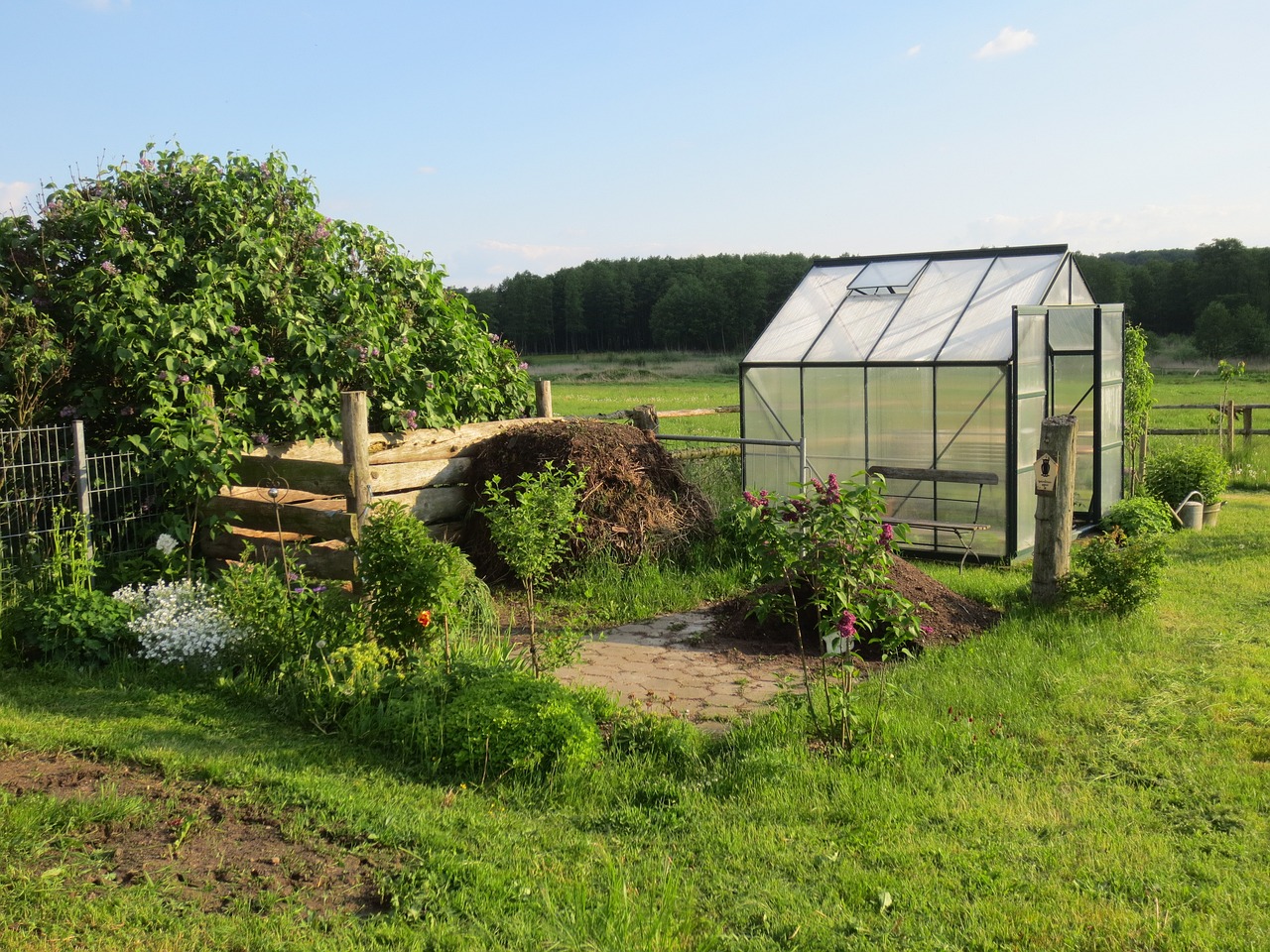Of all the initiatives you could run, those that allow community members to protect nature, grow produce and spend their free time having fun in the great outdoors is certainly a healthy one.
However, it’s important to note that even private allotments might not be the most profitable enterprises. After all, unless you have a premium spot with very competitive space, you may be able to break even but not expand and treat this as a growing organization – ironically enough.
That said, many of the practitioners run allotments to cover their costs yes, but also for community engagement, value-added activities such as teaching children about nature, and providing a hosting space for various events if their lot allows for this.
In this post, we’ll discuss a few steps you can take if you’ve been considering running a private allotment. We hope that with this insight, you’ll feel capable of developing your own green space, and adding some beauty to the world:
Divide Into Spaces With Utilities
It’s good to consider the utilized space of each allotment and how you’ll divide them fairly. You may also integrate “standard” and “plus” plots, that allow for those who pay the regular fee or an enhanced caregiving fee to keep your operation sustained. Here you can also give each two allotments their own greenhouse where appropriate, or access routes for wheelbarrows and compost. This way, you can ensure that no visitor will ever feel shortchanged, and conflict within this community of gardeners will be non-negotiable.
Consider Navigability & Accessibility
It’s also a great idea to consider the navigability and accessibility of your allotment. Remember that gardening can appeal to everyone, but it does attract those in retirement or their golden years, too. This means that handrails and steps implemented into steep areas, property borders to keep your garden safe, and signposting can be a big help. You may also implement gritted pathways so that your garden can be accessed even in the winter without trips and falls. Good lighting is essential for the evening too, especially in the winter where it gets dark before the days end.
Structure Your Water Access
With poly water tanks, you can make sure that the water access and irrigation possibilities all allotments have are equal, accessible and fair. That can help the continual growth and health of your allotments, even when that soil is toiled year-round. It can also help you collect rainwater and runoff where appropriate, which can be very helpful if any hosepipe bans come into play, which in some countries and states can be more frequent than you imagine. Structuring water accessibility such as this also helps you implement it around the garden with good pipework, ensuring that those with mobility issues can more easily handle and manage it. In some cases, you may automate this, such as with sprinklers that can be turned on or off per allotment space.
With this advice, you’re sure to run a private allotment that becomes the talk of the community, while also ensuring a vital self-sustaining operation.

